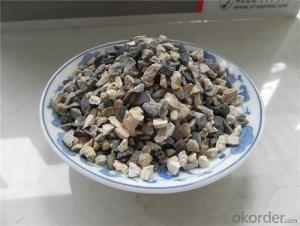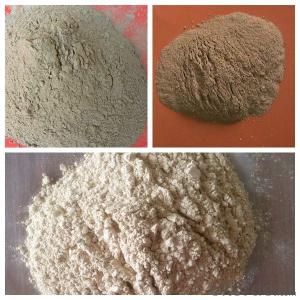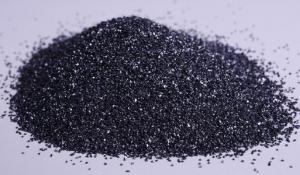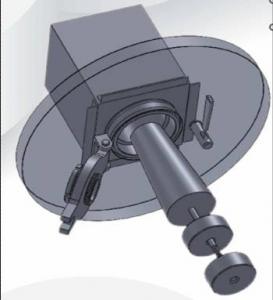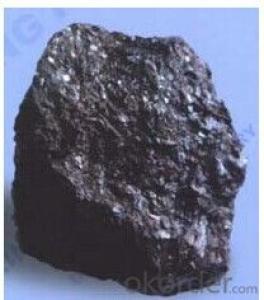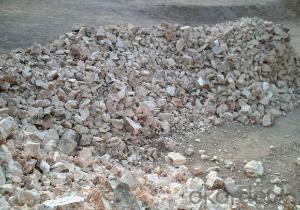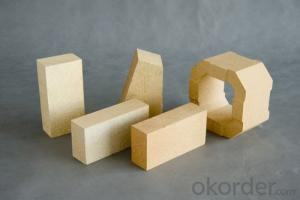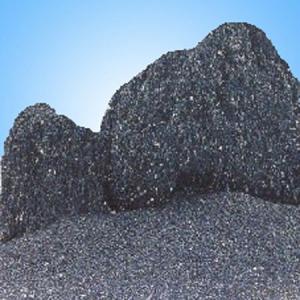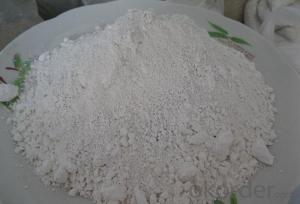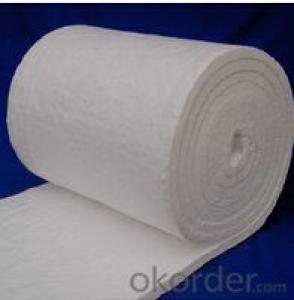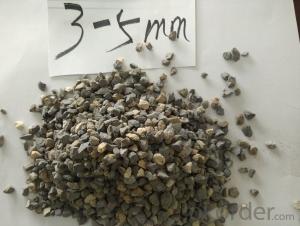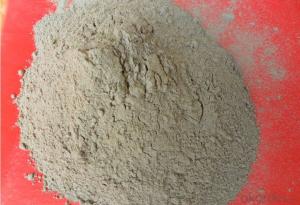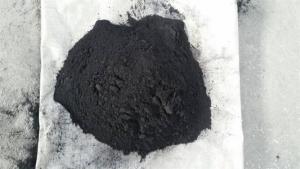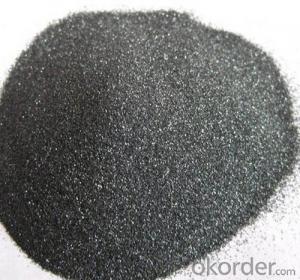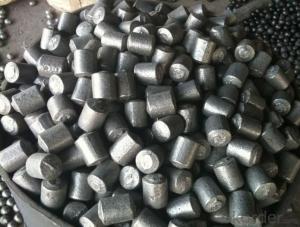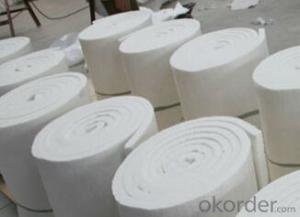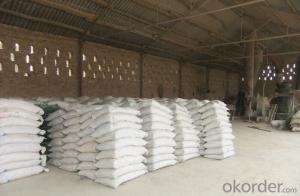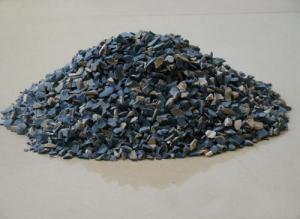All Categories
- - Steel Wire Rod
- - Steel Coils
- - Steel Profiles
- - Steel Pipes
- - Stainless Steel
- - Tinplate
- - Special Steel
- - Steel Sheets
- - Steel Rebars
- - Steel Strips
- - Hot Rolled Steel
- - Cold Rolled Steel
- - Pre-painted Steel
- - Seamless Steel Pipe
- - Welded Steel Pipe
- - Hollow Steel Tubes
- - Galvanized Pipe
- - Stainless Steel Coil
- - Stainless Steel Sheet
- - Stainless Steel Plate
- - Stainless Steel Strips
- - Electrolytic Tinplate Coil
- - Electrolytic Tinplate Sheet
- - Stainless Steel Rebars
- - Solar Panels
- - Solar Water Heater
- - Solar Related Products
- - Solar Inverter
- - Solar Cells
- - Solar Light
- - Solar Energy Systems
- - Solar Controllers
- - Solar Mounting System
- - Solar Pump
- - Solar Chargers
- - Fiberglass Chopped Strand
- - Fiberglass Mesh Cloth
- - Composite Pipes
- - FRP Pultrusion Profiles
- - Fiberglass Mat Tissue
- - Fiberglass Fabrics
- - Fiberglass Mesh
- - Composite Tank
- - Fiberglass Mesh tape
- - Polymer
- - FRP Roofing Panel
- - Fiberglass Roving
- - Monolithic Refractories
- - Ceramic Fiber Products
- - Refractory Bricks
- - Raw Materials For Refractory
- - Suspended Platform
- - Cranes
- - Concrete Machinery
- - Earthmoving Machinery
- - Building Hoist
- - Road Building Machinery
- - Plastic Pipe Fittings
- - Plastic Tubes
- - Plastic Sheets
- - Agricultural Plastic Products
- - Plastic Nets
Q & A
Describe the characteristics and uses of fused cast refractories made from alumina.
Fused cast refractories made from alumina are characterized by high density, excellent corrosion resistance, and high thermal shock resistance. They are produced through a process of melting and solidifying alumina material in a mold, resulting in a dense and homogeneous structure.
These refractories are primarily used in high-temperature applications such as glass melting furnaces, steel ladles, and cement kilns. Their exceptional corrosion resistance makes them suitable for environments with aggressive chemical reactions. They also have good thermal shock resistance, enabling them to withstand rapid temperature changes without cracking.
The high density of fused cast alumina refractories helps in reducing the penetration of molten materials, ensuring better insulation and longer service life. Moreover, their low porosity minimizes the risk of contamination, making them suitable for use in industries where purity is crucial, such as in the production of electronic components.
Overall, fused cast refractories made from alumina are highly durable, chemically resistant, and well-suited for high-temperature applications where long-lasting and reliable performance is required.
What is the role of indium oxide in refractory materials?
Indium oxide plays a crucial role in refractory materials as it acts as a fluxing agent, improving the melting point and the flowability of the materials. It also enhances the thermal stability and electrical conductivity of the refractory materials, making them more suitable for high-temperature applications such as furnaces and kilns.
How do raw materials contribute to the resistance to thermal spalling of refractory products?
Raw materials play a crucial role in improving the resistance to thermal spalling of refractory products. Certain raw materials, such as high-alumina content, help enhance the refractory's ability to withstand high temperatures and thermal shocks. These materials possess superior thermal conductivity and low coefficient of thermal expansion, minimizing the stress caused by rapid temperature changes. Additionally, raw materials with high purity levels and controlled particle size distribution provide better densification during the manufacturing process, resulting in a more compact and resistant refractory structure.
What are the main sources of olivine in refractory raw materials?
The main sources of olivine in refractory raw materials are natural deposits of magnesium-rich minerals such as dunite, peridotite, and serpentine. Olivine is commonly found in these rock formations and is extracted for its high melting point and resistance to thermal shock, making it a valuable component in refractory materials.
Wholesale Raw Materials For Refractory from supplier in Serbia
We are a Raw Materials For Refractory supplier serving the Serbia, mainly engaged in the sale, quotation, and technical support services of various Raw Materials For Refractory products in the Serbia region. We are a subsidiary platform of the Fortune Global 500 company CNBM, able to provide you with one-stop Raw Materials For Refractory procurement services in the Serbia. Not only do we have a wide range of Raw Materials For Refractory products, but after years of market development in the Serbia, we can also provide valuable experience for your projects.
Hot Search
- Monolithic Refractories in Eritrea
- Ceramic Fiber Products in Jordan
- Refractory Bricks in Sri Lanka
- Raw Materials For Refractory in Germany
- Monolithic Refractories in Hungary
- Ceramic Fiber Products in Belgium
- Raw Materials For Refractory in Bulgaria
- Refractory Bricks in Netherlands
- Raw Materials For Refractory in Samoa
- Refractory Bricks in Japan

